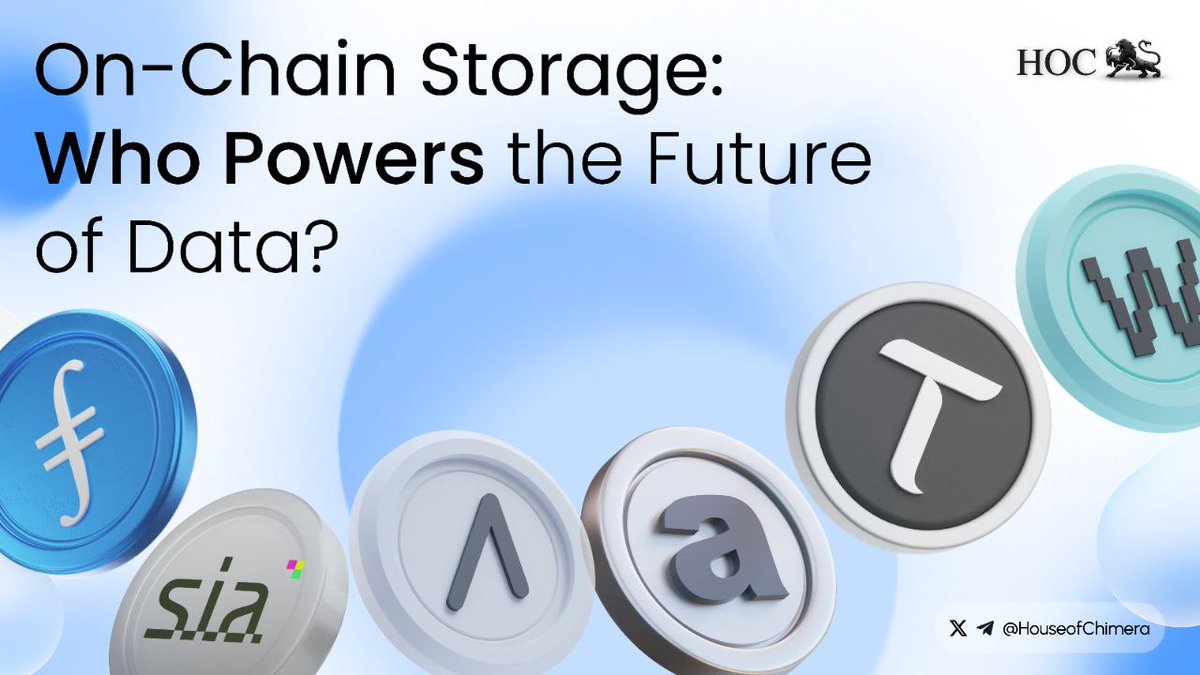Siacoin price
in EURCheck your spelling or try another.


About Siacoin

Siacoin’s price performance
Siacoin on socials
Guides

Siacoin FAQ
Siacoin (SC) is a blockchain-based decentralized cloud storage platform. Rather than providing its own storage, the platform allows community members to offer their storage space for leasing. In return, they receive payments for sharing their resources.
Using Siacoin offers several advantages, including enhanced security for storage spaces and the data stored within. Additionally, it provides a more cost-effective storage solution compared to traditional cloud services. Moreover, Siacoin rewards users who contribute their excess storage space, creating an incentivized and collaborative ecosystem for storage sharing.
Easily buy SC tokens on the OKX cryptocurrency platform. OKX’s spot trading terminal includes the SC/USDT trading pair.
You can also buy SC with over 99 fiat currencies by selecting the "Express buy" option. Other popular crypto tokens, such as Bitcoin (BTC), Ethereum (ETH), Tether (USDT), and USD Coin (USDC), are also available.
Additionally, you can swap your existing cryptocurrencies, including XRP (XRP), Cardano (ADA), Solana (SOL), and Chainlink (LINK), for SC with zero fees and no price slippage by using OKX Convert.
To view the estimated real-time conversion prices between fiat currencies, such as the USD, EUR, GBP, and others, into SC, visit the OKX Crypto Converter Calculator. OKX's high-liquidity crypto exchange ensures the best prices for your crypto purchases.
Dive deeper into Siacoin
The cryptocurrency industry experienced a notable shift with the recognition of blockchain's data storage capabilities. This unveiled fresh opportunities for secure and decentralized information storage, offering an alternative to centralized cloud solutions. Unlike company-controlled centralized options, which raise privacy uncertainties, blockchain technology, as seen in projects like Siacoin (SC), addresses these concerns and fosters a more transparent approach to data storage.
What is Siacoin
Siacoin operates as a decentralized cloud storage platform built on blockchain technology. It aims to establish a reliable and secure marketplace for cloud storage services, eliminating the need for trust between participants. Through Siacoin, users have the opportunity to monetize their unused storage space by offering it for rent and receiving compensation in return.
The project's overarching objective is to disrupt traditional storage solutions by providing a superior alternative. Siacoin positions itself as a formidable competitor to industry giants such as Google, Microsoft, and Amazon. Additionally, its decentralized structure enables it to offer competitive storage rates, further distinguishing itself in the market.
The Siacoin team
Siacoin originated in 2013 through the efforts of David Vorick, a computer science student at Rensselaer Polytechnic Institute. During his studies, Vorick shared his concept with Luke Champine, who became involved in the project after Vorick presented it at a HackMIT hackathon.
Vorick and Champine also established Nebulous, which served as the primary developer for Siacoin until 2021. The Sia Foundation was established to oversee the project's ongoing development.
How does Siacoin work
Siacoin allows users to share their surplus storage space with those in need, creating a decentralized marketplace for storage leasing. Through the utilization of smart contracts, all transactions and agreements within the platform are executed autonomously. The project's native token, SC, serves as the means of exchange for these transactions.
Before files are uploaded to the platform, Sia breaks them down into 30 subsection, each of which is encrypted. This ensures the platform is not susceptible to a single point of failure. Furthermore, Sia adopt another piece of technology called erasure coding. This helps provide users with constant access to their files, even if 20 out of 30 hosts are offline.
Siacoin’s native token: SC
SC, the native cryptocurrency of Siacoin, was introduced to the market in July 2015. It does not have a maximum supply or a capped limit. Currently, the total supply of SC stands at 54.43 billion, with a circulating supply of SC is approximately 54.40 billion SC.
SC token use cases
The primary utility of the SC token is to facilitate exchanges between users who provide and utilize storage space on the Siacoin network. These transactions are executed through smart contracts, eliminating the need for direct user interaction. In addition to its role as a medium of exchange, the SC token can be used for staking and trading.
Siacoin: The storage layer of the internet
Although centralized cloud storage has revolutionized the way people store and exchange information, it is not without significant drawbacks. The most prominent issue is its centralized nature, which poses security vulnerabilities and makes it susceptible to attacks.
In contrast, while Siacoin is not entirely immune to flaws, it offers a considerably more private and secure alternative. Additionally, Siacoin boasts the advantage of low costs associated with utilizing its storage space. These combined factors position Siacoin as a potential frontrunner in the future of online data storage.
Disclaimer
OKX does not provide investment or asset recommendations. You should carefully consider whether trading or holding digital assets is suitable for you in light of your financial condition. Please consult your legal/tax/investment professional for questions about your specific circumstances. For further details, please refer to our Terms of Use and Risk Warning. By using the third-party website ("TPW"), you accept that any use of the TPW will be subject to and governed by the terms of the TPW. Unless expressly stated in writing, OKX and its affiliates (“OKX”) are not in any way associated with the owner or operator of the TPW. You agree that OKX is not responsible or liable for any loss, damage and any other consequences arising from your use of the TPW. Please be aware that using a TPW may result in a loss or diminution of your assets. Product may not be available in all jurisdictions.






